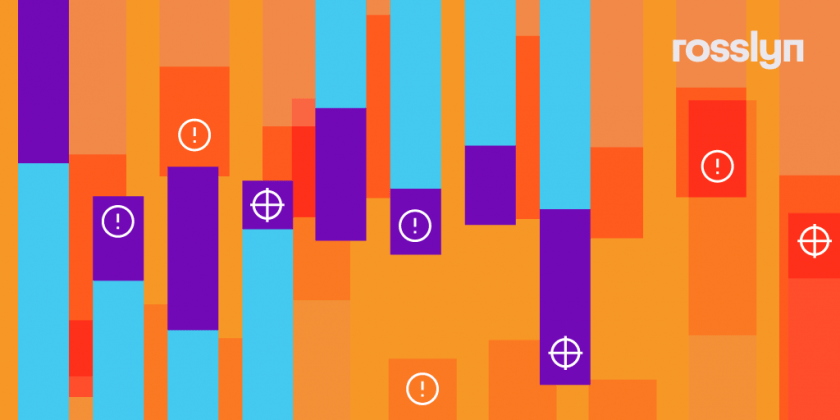A legacy of risks: the issues with legacy procurement systems

Your procurement system is very likely to have picked up all kinds of legacy structures and processes. It’s also one of the areas of your business most likely to accumulate unexpected business risk - whether it’s unanticipated governance and compliance risk, or simply sticking with outdated systems while the competition is forging ahead. And as if COVID-19 wasn’t enough, we now have the Russia-Ukraine conflict to underline the absolute need for resilient, cutting-edge procurement structures, able to handle and adapt to major supply chain upsets.
Deloitte claims that new digital procurement technologies “are poised to transform how the procurement function delivers value.” Pity the poor business left behind with old systems if that prediction comes true. KPMG boils the change drivers disrupting procurement down to one word: digitalization. But that comes with a warning: procurement needs to disrupt itself to stay ahead of change.
For all their increased complexity, procurement systems are still there to fulfill the basic functions of sending purchase requisitions, creating purchase orders, managing and monitoring vendors, approving received goods and services, reviewing invoices, and so on. All the same, those basic functions can create major logjams in your business if you don’t try to clean up and improve them.
Even outside just-in-time manufacturing, procurement is increasingly not just mission-critical, but time-critical as well. The better your system can track and respond to business needs and shifts in supply chains, the more resilient and robust your business is.
Reducing plain old human error is one good starting point: old-style Excel and email procurement procedures improve on pen and paper, but they are hardly automated, and are rarely centralized and coordinated. Even for those who have moved on to more sophisticated, dedicated systems, disparate and poorly integrated software packages can throw up all kinds of mismatches and errors compared to centralized, uniform, integrated systems, whether Software-as-a-Service or Cloud-based. That’s even before the generational changes in procurement automation that are about to hit the discipline.
The most common procurement risks can be improved by better, more integrated systems. Old style inputs - unstructured databases, physical records, third-party data, and inconsistent shipment tracking - can be transformed through digital solutions to deliver greater efficiency, but also better and more timely decision-making. In the current volatile business environment, you shouldn’t find it hard to make a business case for such transformation inside your organization, and to sell it to your company heads.
Many procurement heads and their CXOs may be deterred by adoption risk. These risks, according to eboxTENDERS, include:
- Delayed implementation with persistent inefficiency
- Slow creation and execution time for simple tasks
- Troubleshooting requiring a whole IT team
- End-users hampered by complexity; and high price
To mitigate these, SAP’s white paper “Six best practices for eSourcing” recommends the following adoption tactics to ensure success: Use incentives and mandates; customize your training; keep it simple; ensure early success; choose appropriate communications; and track metrics.
There’s plenty of basis there for why and how to update your legacy procurement systems. What about the generational changes in technology that’ll deliver on KPMG’s prediction?
Deloitte identifies the maturing technologies just being adopted as of 2021 as:
- Cognitive computing and AI
- Data visualization
- Intelligent content extraction
- Collaboration networks and platforms
- Advanced predictive analytics
- Robotics
- 3D printing
- Crowdsourcing
No matter how advanced they sound, these are technologies already being implemented for e-procurement. Further out, emerging technologies on the horizon that could impact procurement include:
- Blockchain
- Tracking sensors and wearables
- Cyber-tracking
- Virtual reality/ spatial analytics
All these technologies represent major potential business improvements if you adopt them - and risks if you don’t. If you’re a procurement manager in today’s unpredictable environment, you need the best and most advanced tools to tackle the volatile business challenges along your supply chains - and to stay ahead of your competition.
Finally, any new system you put in place needs to be flexible - and upgradeable. Change won’t stop just because you’ve upgraded.